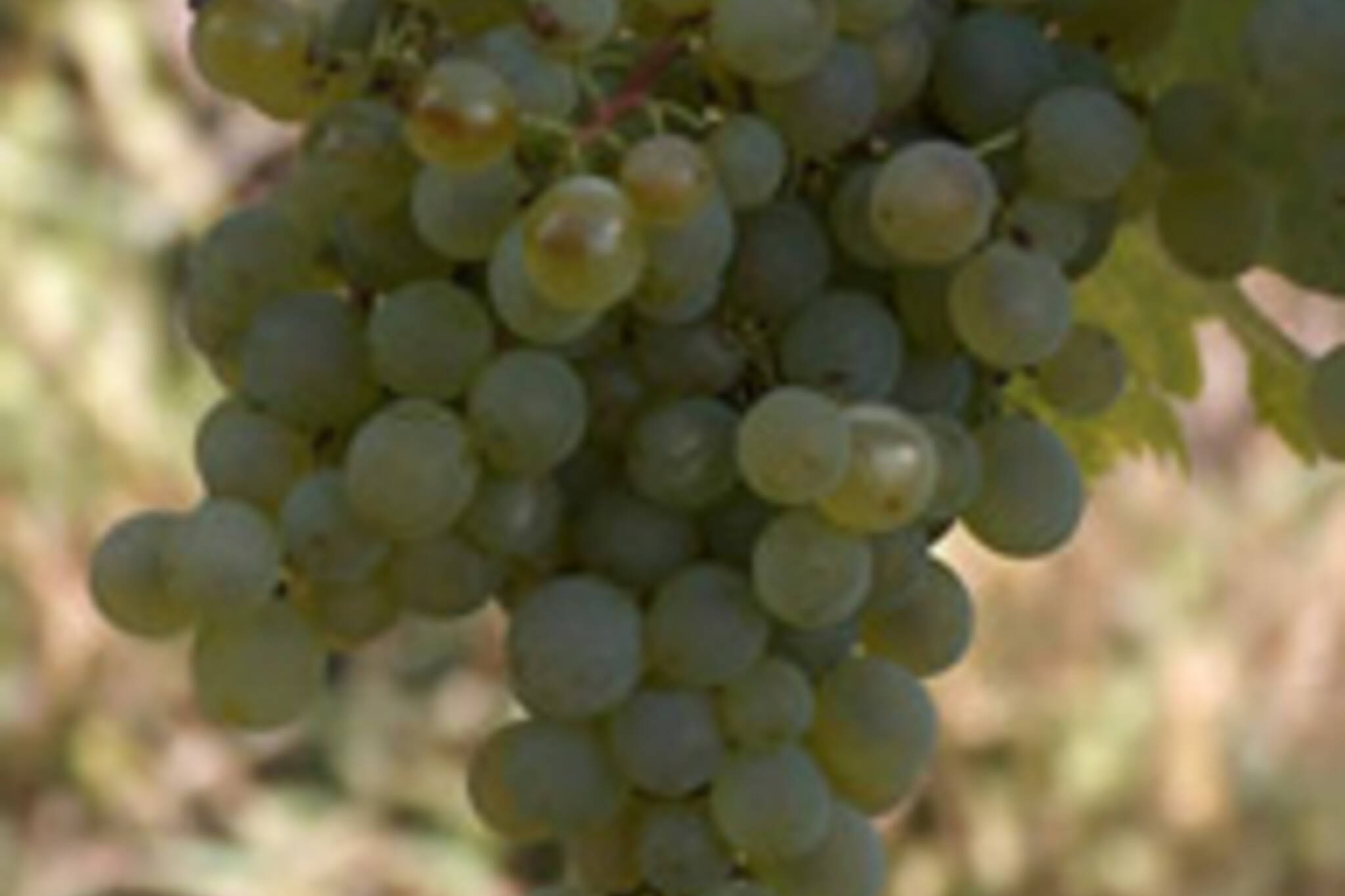
The Terroirist: Speaking about Stelvins
One in a continuing series
Last week I wrote about Stelvin (screw-top) closures, and the new understanding about their utlity for keeping white wine fresh - especially with lighter varieties such as Pinto Grigio or Sauvignon Blanc, a screw-top is able to keep them lively and unaltered by age. Its that last bit that's causing much of the latest controversy.
For many wines - those that are made to be drunk immediately - the screw-top question is a no brainer. Both whites and reds won't suffer at all from being bottled under a Stelvin closure if they're going to be drunk soon; add to this the real possibility of cork taint that can be avoided, and there's no reason to not use Stelvins to bottle early-drinking wine. Well other than image that is.
With wines designed for aging (primarilly red, but also some whites) it is a different matter entirely. As already acknowledged, screw-tops can keep a wine free of the ravishes of age: while this is great for early-drinking wines, in cellar worthy wines, the effects of age are seen more as advantages than liabilities. Age, in cellarable wine, transforms it. It smooths out the tannins, and relaxes the body; it brings out a host of flavours and aromas that would otherwise never see the light of day. Age is, in short, essential.
Proponents of natural cork argue that it is the trace amonts of air passing through it allows for subtle chemical reactions that can't be enabled any other way; this, they say is what causes a wine to mature. Those who advocate alternate closures insist that there is enough air in the top of a bottle to let those reactions occur, and that wine will mature in a screw-top as well.
Who's right? It's tough to say at this point; it will be 20 years before we know for certain. Even if wines do develop, they may do so differently, changing the nature of the wine. So for now, give me my daily drinking in a screw-top; but for my cellar? Cork please.
And now the recommendations...
Something Red:
Faustino I, Gran Reserva 1995 (Rioja, Spain) $29.95, 976662
There arn't many well aged wines on the market; those that are tend to be in a stratospheric price range. Wine from Rioja often buck both of those trends. Much of this has to do with the rules governing wine in Rioja - mandatory aging periods, both in cask and in bottle - and for this I am grateful. As a wine ages, it developes a great many subtle nuances, and flavours that can't be found in young wine, as I mentioned above. The Faustino I is a good case in point. The colour of the wine shows its age: a deep amber garnet, with a broad tawny rim. On the manylayered nose, I picked up tar, tobacco, earth, mushrooms, mint, and cassis, to name a few, with a full and rounded body with subdued tannins in my mouth, along with flavours of toasted bread, cassis, tobacco, vanilla, earth, and mint. All this for thirty bucks? Treat yourself.
Something White:
Pastrana Manzanilla non-vintage (Jerez, Spain) $18.95, 975797
If there's a wine style that can compete with Sherry in terms of quality, price, and range of styles, I haven't seen it. Manzanilla, made in Sanlucar de Barrameda, just ouside of Jerez proper is the driest and lightest of styles, but still viscous and able to stand up to food. It was a bright yellow-gold in colour, and had a powerful nose of almonds, lemon, and freshly baked bread. On the palate it was very dry, with flavours mimicking the nose, but with the addition of a hint of sea-salt - very standard in a Manzanilla. Enjoy this as an aperitif with olives and salted almonds, or with a tomato based soup.
Something Different:
Salomon-Undhof Wieden Gruner-Veltliner 2004 (Stein, Austria) $17.95, 670513
Austria, with its cold continental climate, is not the first place that people think about when the topic of wine regions comes up. Despite this, Austria is very good at what it does: making full bodied dry white wines. The grape is Gruner-Veltliner, which has the distinction of being both the best quality, and most planted grape in Austria, a double-double that few other grapes can match for their countries - this bottle shows exactly why that is. A bright, pale golden yellow colour, the nose is replete with aromas of herbs, wet stones, and cigars. In my mouth, I was struck by its fullness, leading into flavours of melon, raspberry, and hints of tobacco and what seemed to be lentils. Drinking wonderfully now, but would probably develop a few more undertones with two or three years in a cellar, this is certainly something different worth trying.
In vino, veritas.
The Terroirist is published every other Thursday
Latest Videos
Latest Videos
Join the conversation Load comments







